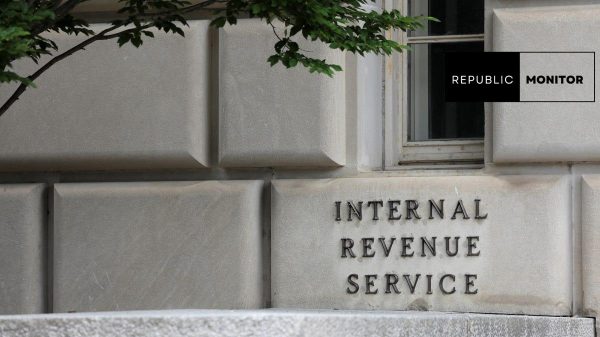Soon after his appointment, the chief justice said he would aim for the court’s legitimacy by promoting narrow, unanimous judgements. That project was a failure. “I believe every justice should be concerned about the court acting and functioning like a court,” Chief Justice John G. Roberts Jr. said in 2006.
John Roberts Supreme Court:
Chief Justice John G. Roberts Jr. ended his first term on the Supreme Court. The court had produced the unanimous rulings in recent history, and he was poised to lay out an ambitious and optimistic agenda. He said Jeffrey Rosen, a law professor and journalist, aimed for legitimacy through unanimity, narrow rulings, and a conception of the judicial role that excluded political politics. The conversation is worth reviewing since it is Chief Justice Roberts’ early ambitions. He has only had patchy success in achieving them over the years. More lately, his project has fallen apart following a tenure marked by radically split decisions on abortion, guns, climate change, and religion.
Who is John Roberts?
Chief Justice Roberts, 67, has been in office for 17 years, a few years more than the average term of his 16 predecessors. It is feasible that he will serve long enough to rival his idol, Chief Justice John Marshall, who lasted for over 34 years, and the institution’s authority and stature. But Chief Justice Roberts will be able to nudge his colleagues toward the Marshall court’s clarity of purpose, which was famous for speaking with a single voice. In 2006, though, he stated that he intended to attempt.
What Did John Roberts Say?
He said the court should “refocus on operating as an institution because, otherwise, it will lose its credibility and legitimacy as an institution.” The chief justice’s desired consensus has yet to be reached. According to data compiled by the University and Kevin Quinn of the University of Michigan, there was at least one dissent in 72 per cent of the court’s signed decisions in argued cases during the term that ended in June.
Recognise the New Term of the Supreme Court:
Concerns about legitimacy abound. The court’s hardline stance has resulted in a drop in approval ratings. According to a recent Gallup poll, 58% of Americans disapproved of the Supreme Court’s work. Such discoveries have motivated several judges to question the court’s legitimacy in recent public appearances. Positive action. The new term’s significant cases are challenges to race-conscious admissions policies at Harvard and the University of North Carolina. While the court has routinely sustained affirmative-action programmes, a conservative supermajority of six justices may jeopardise more than 40 years. A sprint to the right. Following a series of legal bombshells in June, including the elimination of the right to abortion, the Supreme Court.
Read Also – Who is James Conner Wife? Is James Conner Married?
















